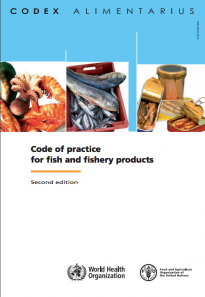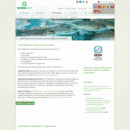Skills and Knowledge for Live Fish & Shellfish Transport
Some of the key skills and knowledge required by either fishers, traders or transporters in order to prevent and reduce food loss and waste (FLW) during live fish transport include:
- Capture and pre-transport maintenance
- Capture and handling techniques
- Construction and maintenance of live fish holding facilities
- Design and operation of recirculating filtration systems
- Causes of mortality
- Packaging techniques
- Purging
- Control of water quality
- Water temperature effects
- Transport methods – air, sea, road
- Regulatory requirements
Technical facts may vary according to species and mode of transport. For example, fin-fish requirements may be different to those of crustaceans or molluscs.
Key Publications
Development of Live Fish Transport Techniques This report provides details of various aspects of live fish transport in three main areas: 1. Capture and pre-transport maintenance, 2. Packaging and live transport, 3. Post-transport maintenance. | |
Code of Practice for Fish and Fishery Products Codes of practice and guidelines designed to help meet standards and comply with legislation (e.g the Codex Alimentarius Code of Practice for Fish and Fishery Products). | |
Handling, storage and transport of Live Crabs and Lobsters Comprehensive learning resource for anyone involved in live crustacean handling and trade. |
More Resources
More Resources
31 October 2023
01 January 2018














